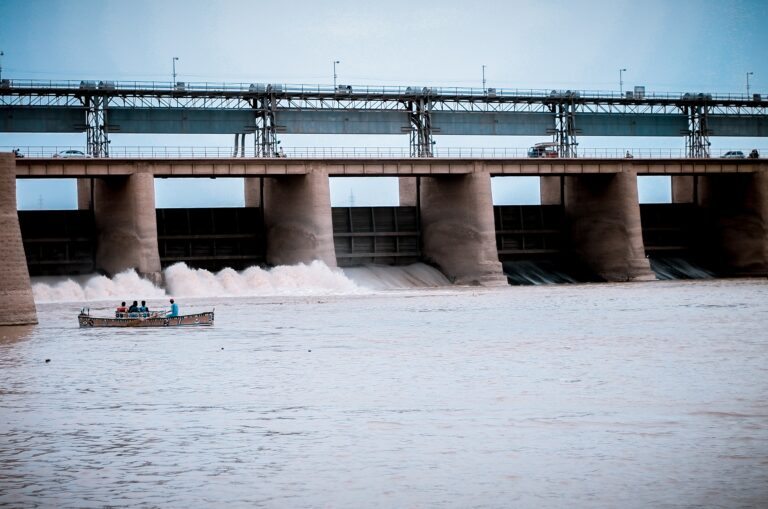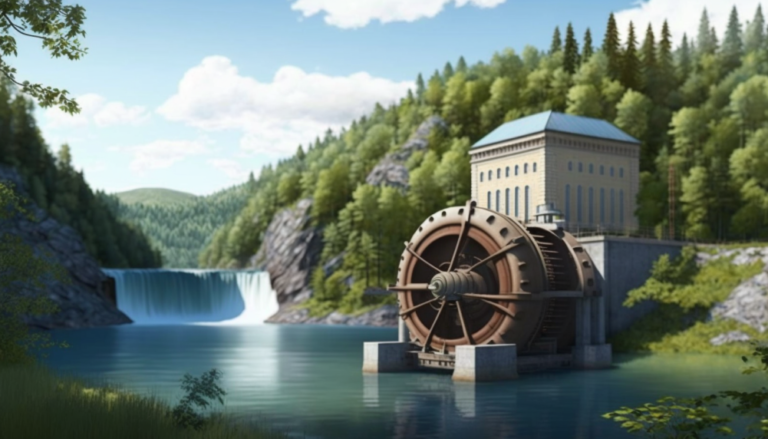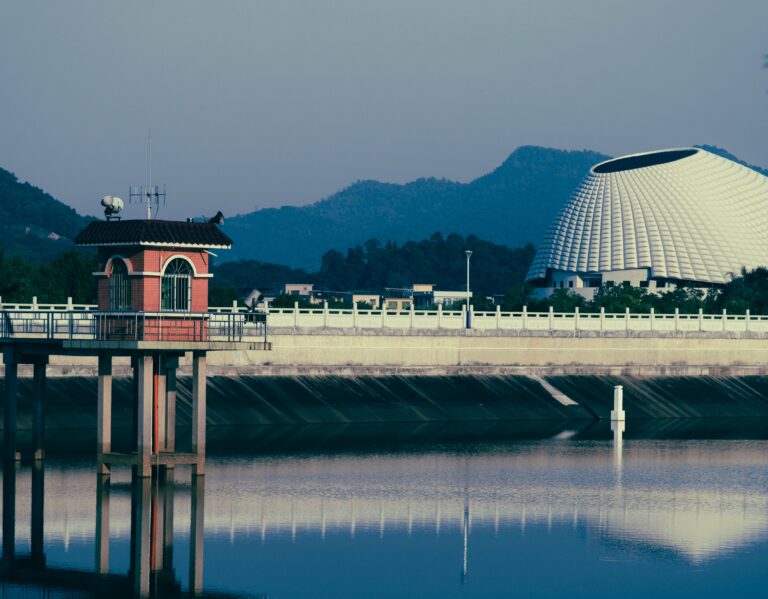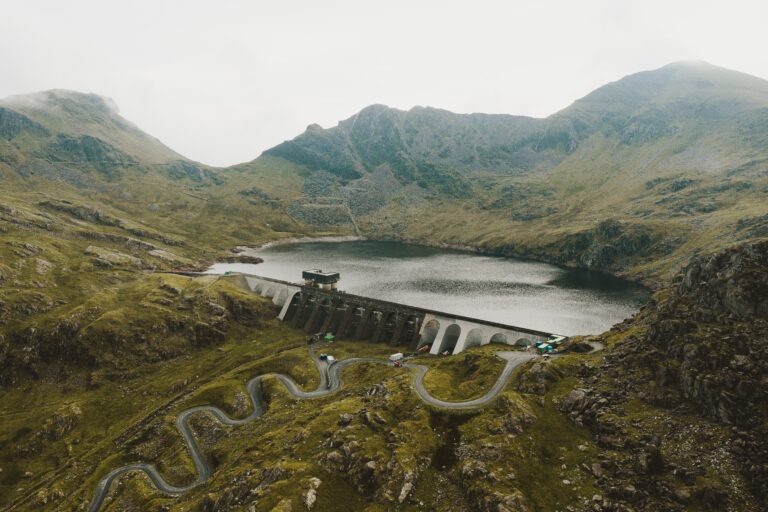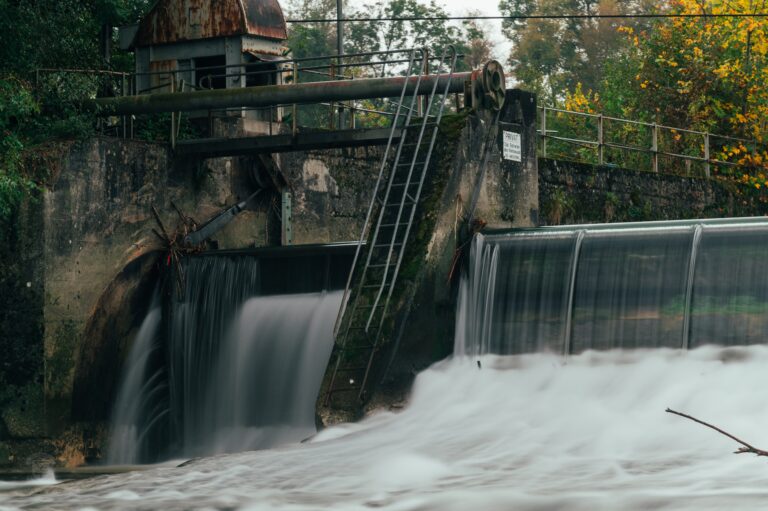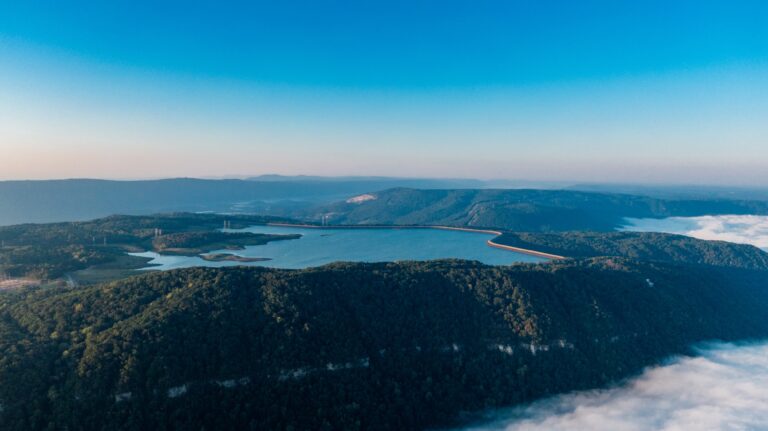How to Generate Hydro Energy on a Budget
Hydro energy, or hydropower, is a renewable and clean energy source derived from water movement, offering substantial environmental benefits like zero emissions. Key advantages include reliability and the ability to meet peak energy demands, though drawbacks like ecological disruption and high initial costs need consideration. Essential factors in hydro energy production include water source reliability, site topography, and compliance with local regulations. Effective management and maintenance are critical for optimizing output and ensuring long-term system integrity.
Table of Contents
Hydro energy, also known as hydropower, is a sustainable energy source that generates electricity by harnessing the force of moving water. It is one of the most ancient and commonly used types of renewable energy, going back to ancient societies. In many nations throughout the world, hydro energy is an essential source of electricity, offering a steady and sustainable supply of power.
This article will look at the significance of hydro energy and its position in the global energy mix. We will also look at the advantages and disadvantages of hydropower, as well as the most recent breakthroughs in the subject. Finally, we will talk about the future of hydro energy and how it may help satisfy the rising need for clean, sustainable energy.
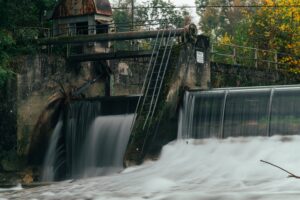
What Is Hydro Energy?
Hydro energy, also known as hydropower, is a sustainable energy source that generates electricity by harnessing the force of moving water. It is a clean and sustainable energy source that emits no greenhouse gases or pollutants into the atmosphere.
Impoundment and run-of-river hydro energy systems are the two basic forms. Impoundment systems entail the construction of dams to produce a reservoir of water from which energy may be generated. Run-of-river systems, on the other hand, do not involve the construction of dams and instead produce power from the natural flow of a river.
The Benefits and Drawbacks of Hydro Energy
One of the primary benefits of hydro energy is that it is a renewable energy source with no greenhouse gas emissions or air pollution. It is also a dependable energy source that may be used to fulfill peak demand. The construction of dams for impoundment systems, on the other hand, might have a detrimental influence on the environment and local residents. Furthermore, hydro energy systems may be costly to create and operate.
Probable Energy Output
A hydro energy system’s potential energy production is determined by a number of parameters, including the volume of water available, the height of the dam or the slope of the river, and the efficiency of the turbines used to generate power. The International Energy Agency estimates that hydro energy has the potential to meet up to 16% of the world’s electrical demands.
Factors to Consider When Generating Hydro Energy
Hydro energy is a renewable energy source produced by harnessing the power of water. However, various variables must be addressed before establishing a hydro energy plant. In this essay, we will go through the important aspects that must be considered while generating hydro energy.
Selection of water source and flow rate
The first and most crucial consideration for generating hydro electricity is the water source and flow rate. The water supply should be dependable and have a regular flow rate all year. The quantity of energy that may be created is determined by the flow rate of the water. As a result, it is critical to use a water source with a high flow rate.
Topography and location
The site’s location and geography are other crucial aspects to consider. The location should be reasonably accessible and have sufficient topography for the installation of the hydro energy plant. The type of turbine that may be utilized and the amount of energy that can be generated will be determined by the topography of the site.
Climate change and environmental effect
The hydro energy plant’s climatic and environmental effect should also be considered. The plant should be built to endure severe weather, such as floods and storms. Furthermore, the plant’s environmental effect should be reduced by ensuring that it does not disrupt the local ecology.
Local laws and regulations
Finally, while creating hydro energy, it is essential to consider local restrictions. The restrictions will differ based on where the facility is located. As a result, it is critical to work with local officials to ensure that all requirements are followed.
To summarize, hydro energy generation necessitates careful consideration of various elements, including water source selection and flow rate, location and terrain, climate and environmental effect, and local restrictions. A good hydro energy plant may be created by taking these aspects into consideration.
Creating a Budget for Hydro Energy Production
Hydro energy generation is a sustainable and cost-effective method of meeting energy demands. Creating a budget for hydro energy production, on the other hand, necessitates comprehensive study of energy requirements, cost-benefit analysis of hydro energy systems, acquiring financing choices, and assessing long-term savings potential.
Analysis of the Cost-Benefit of Hydro Energy Systems
A cost-benefit analysis of hydro energy systems is required to assess the project’s financial feasibility. This includes assessing the expenses of installing and maintaining the hydro energy system, as well as the potential savings in energy bills. The environmental advantages of hydro energy generation, such as reduced greenhouse gas emissions, should also be considered in the study.
Grants, loans, and tax breaks are all methods for financing hydro energy generation. To find the most cost-effective solution, it is critical to investigate and assess the various financing choices. Grants and tax breaks can drastically lower the project’s initial expenses, while loans can provide long-term financing possibilities.
Evaluating the Potential for Long-Term Savings
To estimate the total financial advantages of the project, the long-term savings potential of hydro energy generation should be considered. This includes taking into account the hydro energy system’s lifespan, maintenance expenses, and possible energy savings over time. A detailed assessment of the long-term savings potential can aid in determining the project’s return on investment and overall financial sustainability.
To summarize, developing a budget for hydro energy production involves comprehensive examination of energy requirements, cost-benefit analysis of hydro energy systems, acquiring financing choices, and assessing long-term savings potential. Following these procedures will result in the implementation of a sustainable and cost-effective hydro energy system to satisfy energy demands.
DIY or Professional Installation?
You may be thinking if you should install new appliances or fixtures in your house yourself or hire a professional. Both alternatives offer advantages and downsides, so it is critical to thoroughly analyze them before making a selection.
The Benefits and Drawbacks of Do-It-Yourself Installation
One of the primary advantages of DIY installation is the ability to save money. You may avoid paying for labor and potentially save hundreds or even thousands of dollars by performing the work yourself. Furthermore, you have total control over the project and are free to work at your own speed.
However, there are some hazards associated with DIY installation. If you are inexperienced in the activity at hand, you may make mistakes that are costly to correct. Furthermore, if you don’t have the necessary tools or equipment, you may need to buy or rent them, which would increase the final cost.
The Advantages of Professional Installation
Professional installation provides several advantages, including competence and experience. A qualified and certified contractor will have the expertise and abilities needed to finish the task quickly and efficiently. They will also have access to specific tools and equipment that the regular homeowner may not have.
Another advantage of expert installation is the assurance that the task was done correctly. If something goes wrong, the contractor will be liable for repairing it rather than you.
Selecting the Best Contractor
If you decide to go with professional installation, you must select the correct contractor. Look for someone who is licensed and certified in the field of work that you require. Read reviews and get references to confirm they have a strong track record.
Responsible Certifications and Licensing
When choosing a contractor, ensure that they have the appropriate credentials and licences to do the task. This ensures that they are competent and knowledgeable in the field of work you want. Furthermore, it will shield you from any culpability in the case of an on-the-job accident or injury.
Maintenance of Hydro Energy Systems
Hydro energy systems are a dependable and long-term source of electricity. However, they, like any other piece of machinery, require routine maintenance to guarantee peak performance and lifespan. In this post, we will go over regular maintenance needs, typical issues to look out for, recommended maintenance schedules, and safety and environmental protection regulations.
Requirements for Ongoing Maintenance
- Maintenance of moving components
- Electrical component inspection – Turbine and generator cleaning
- Checking the turbine and generator alignment
- Examining the penstock and intake structure – Inspecting the bearings and seals
Hydro energy systems require routine maintenance to guarantee maximum performance. Some of the routine maintenance requirements are as follows:
Common Problems to Look Out For
- Cavitation in the turbine – Penstock and intake structural corrosion
- Bearings and seals wear and damage
- Electrical problems
- Obstruction of the intake structure
The following are some frequent concerns to keep an eye out for:
Schedule of Recommended Maintenance
- Moving part lubrication: every three months
- Electrical component inspection: every six months
- Turbine and generator cleaning: every 12 months
- Every 24 months, the turbine and generator are aligned.
- Penstock and intake structure inspection: every 36 months
- Every 48 months, check the condition of the bearings and seals.
The suggested maintenance plan for hydro energy systems is determined by the system’s size and kind. However, some broad criteria are as follows:
Safety and Environmental Protection Standards
The system must be built and installed by trained specialists; it must be examined and maintained on a regular basis; and it must have safety measures such as emergency shut-off valves.
Conclusion
Finally, we examined the significance of renewable energy sources and the promise of hydro energy. Hydro energy is a clean, renewable energy source that can help lessen our reliance on fossil fuels and alleviate the consequences of climate change.
We have also highlighted the advantages of hydro energy, such as its dependability, low cost, and potential to provide energy storage. Hydro energy has the potential to power huge cities, as well as homes and businesses.
It is crucial to realize that hydro energy does not come without difficulties. Hydro energy system installation may be complicated and costly, and there are environmental considerations that must be handled. These obstacles, however, may be addressed with careful planning and administration.
We urge people and companies to investigate hydro energy installation possibilities. There are several types of hydro energy systems, including run-of-river, pumped storage, and tidal energy. Each system has distinct benefits and disadvantages, and it is critical to select the system that best meets your needs and location.

